Portraits from Sri Lanka: Approaching Strangers as a Photographer
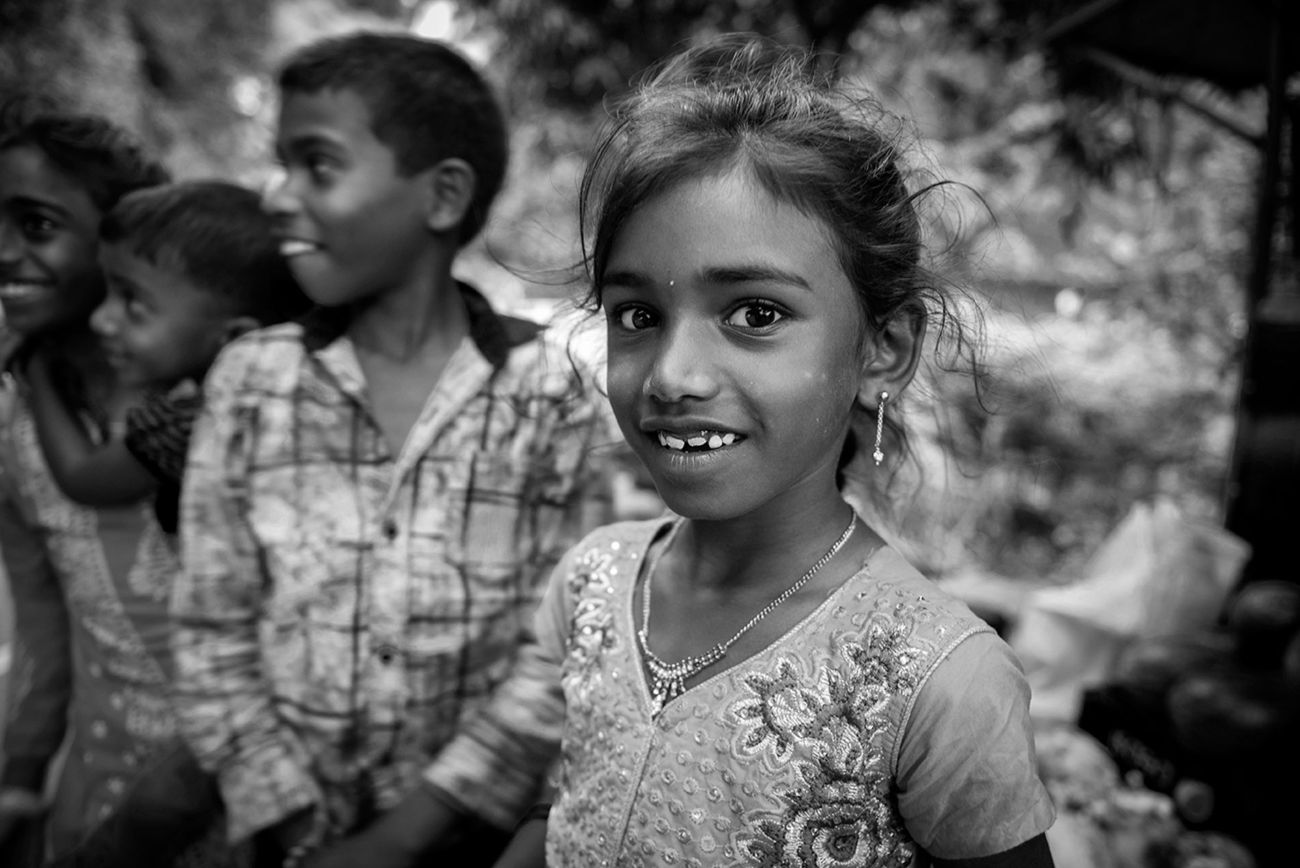
“It is one thing to photograph people. It is another to make others care about them by revealing the core of their humanness.”
The above quote by the famous photographer Paul Strand has immediately become my favorite. People photography remains the top genre I like to immerse myself in. I also think it is one of the most anxiety provoking areas for most photographers, sometimes even the well experienced ones. As long as I can remember, I have always been drawn to the human face and the joy it gives me when I make a portrait of someone. Whenever I travel, I am constantly observing and searching for that person who draws my attention and whom I suddenly long to photograph. Sometimes that desire is so strong it stops me in my tracks. I am not ashamed of this realization; I let my body language reveal the fascination with the person I desire to photograph. Some find it silly, some curious. Either way, most of the time, they inquisitively pause long enough for me to grab my chance at photographing them. Most of the time, it helps me.
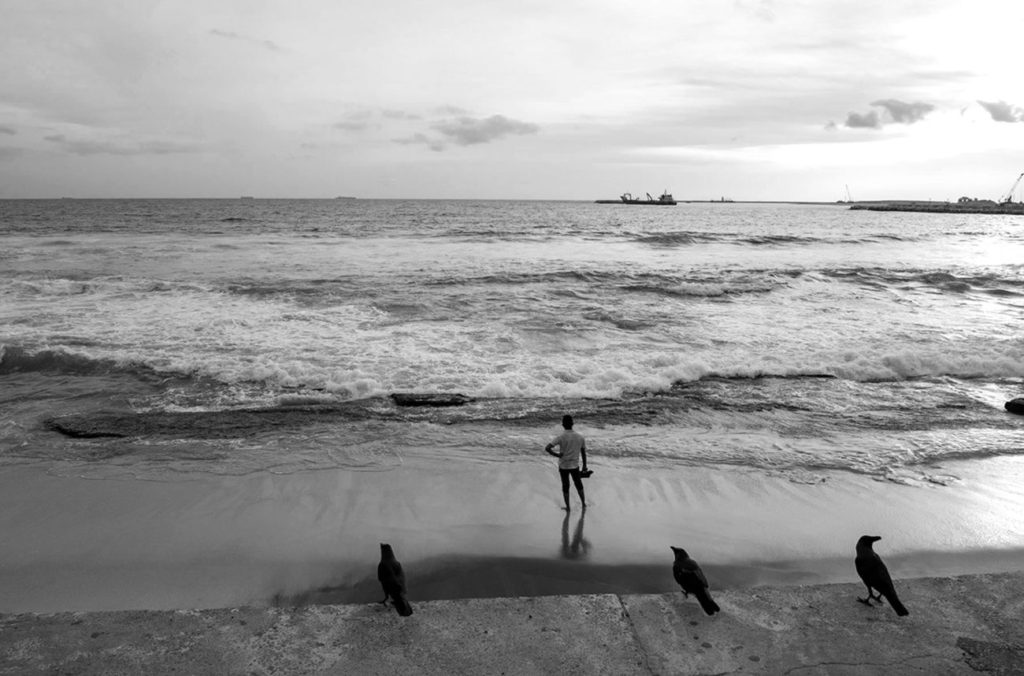
Whenever I see a person I’d like to take a picture of, some logistical options quickly run through my mind: do they seem approachable? What is the likelihood they’ll agree to be photographed? If they do agree, am I in the right place to photograph them? Is the background complimentary or will it distract from the portrait? Is the person willing to move somewhere else if such is needed?
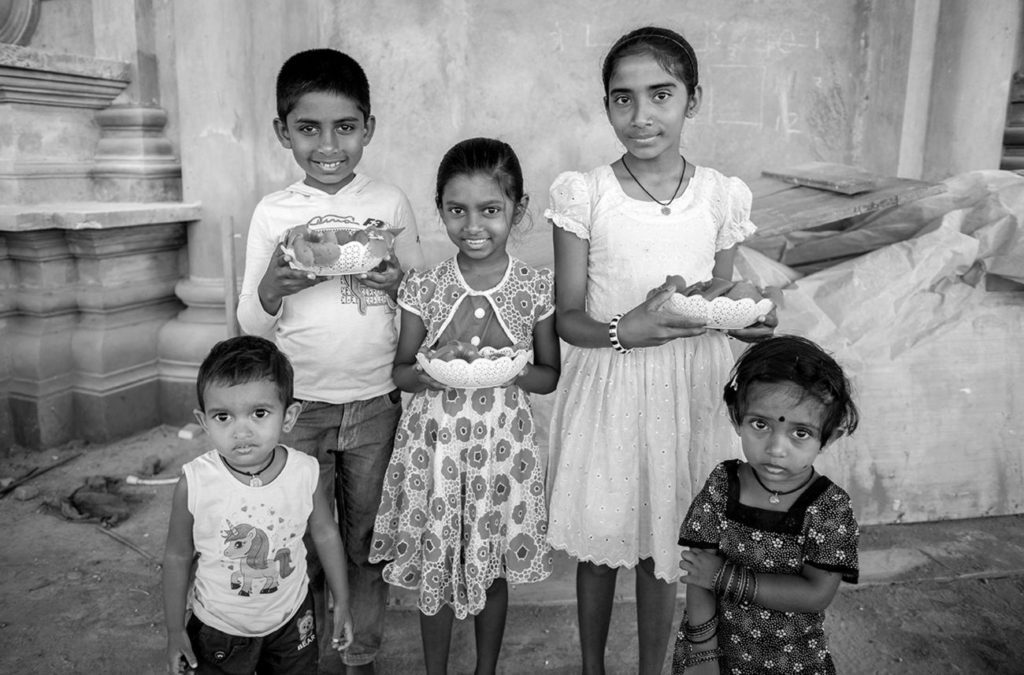
I summon all my courage while quickly scanning these questions in my head. Most of the time I just go for it: I look my potential subject firmly in the eyes, smile and either simply raise my camera up in a gesture of approval or ask for permission directly. This process never occurs without at least some form of anxiety on my part, despite having approached hundreds of people over the years. But as I have written previously on this topic, approaching strangers on the street does get a little easier with time and the only true formula on overcoming anxiety associated with it is to just go for it.

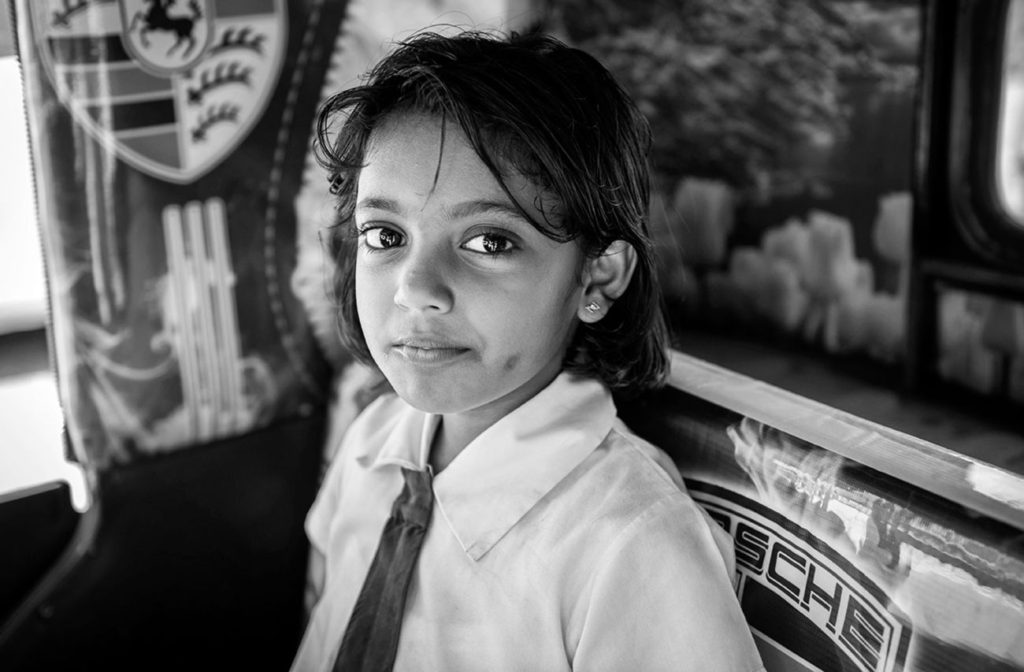
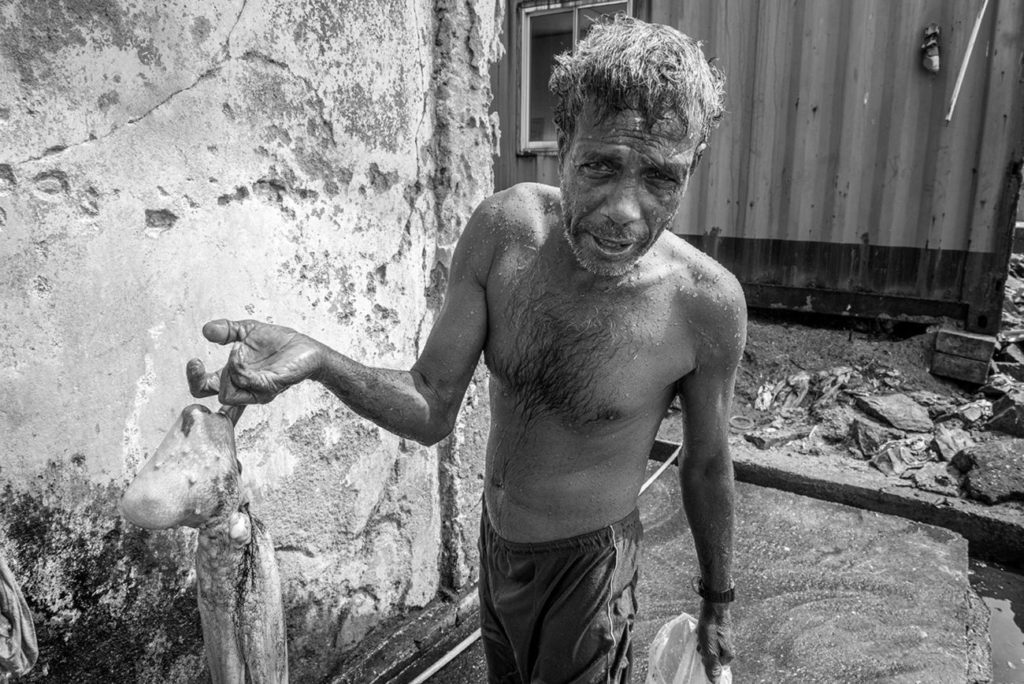
If the thought of approaching a stranger for a portrait scares you, here are some additional techniques I implement that help me with my angst:
- Practice taking portraits of people you already know and are comfortable with then slowly move on to friends of friends and ultimately strangers. Making images of those who know you and trust you solidifies your foundation as a photographers and helps you master all those skills that will come in handy when anxiety takes over your mindset.
- Engage in small conversations before you take a photo. Some photographers may disagree with me on this in the concern that doing so will break the moment of spontaneity. However, what I have discovered over the years is that engaging in conversation creates better connection with my subject and actually facilitates the shooting process. What may have initially been an awkward snapshot of a person now becomes a much more genuine portrait that does indeed reveal something intimate about the person being photographed. I’ve discovered that people are much more likely to open themselves up to me if we exchange a few friendly words beforehand.
- Don’t be afraid to ask for what you want. If you want your subject to move next to certain background, just do so. If you want them to look more poised or serious instead of too smiley, gently guide them in that direction. In my opinion, it is absolutely okay to do so. This is about making of a portrait, not shooting a street scene. If your intention is capturing whatever is in front of you exactly as it is seen, then these guidelines are not applicable. However, if you are looking to make portraits of people you meet on your travels or while exploring the new surroundings, then they certainly do apply and will help you achieve your vision more clearly. Make the best portrait that you truly can make in that moment. You owe your subject at least that much for their time.
- Take more than one photo and compliment the person you’re photographing. Once you get the person’s permission, it would be a waste to just take one mediocre snapshot and walk away. If your subject feels appreciated and believes the images are reflecting their true self, they will reveal themselves to be genuine and true to the story. I am not saying to compliment people for the sake of complimenting. I am saying that if what you see in your viewfinder is reflective of your original vision, then you are certainly on the right tract and your subject should be aware of that. I frequently will comment that something looks great if it really does and such form of encouragement is often all people need to hear to feel good about the encounter.
- Lastly, just go for it! Seriously guys, just do it. What is the worst that can happen? Someone will say no? If they do, just thank them anyway and move on. The world will still be there. You will not die of embarrassment. As my wise dad would say, the soup will still taste the same at dinner. Even in dismissal, all is well and as it should be. According to Jia Jiang, a famous “rejection guru” and the author of the book Rejection Proof: How I beat Fear and Became Invincible Through 100 Days of Rejection, getting rejected is often not about us, but about the person rejecting us. It has more to do with their own fears and anxieties than our work as photographers. The book is a truly fascinating introspection into the mechanics of rejection and I highly recommend it. Or if you don’t have the time to read it, google a youtube video of Jia’s famous TED talk. It will change your perspective on approaching strangers, I promise 🙂
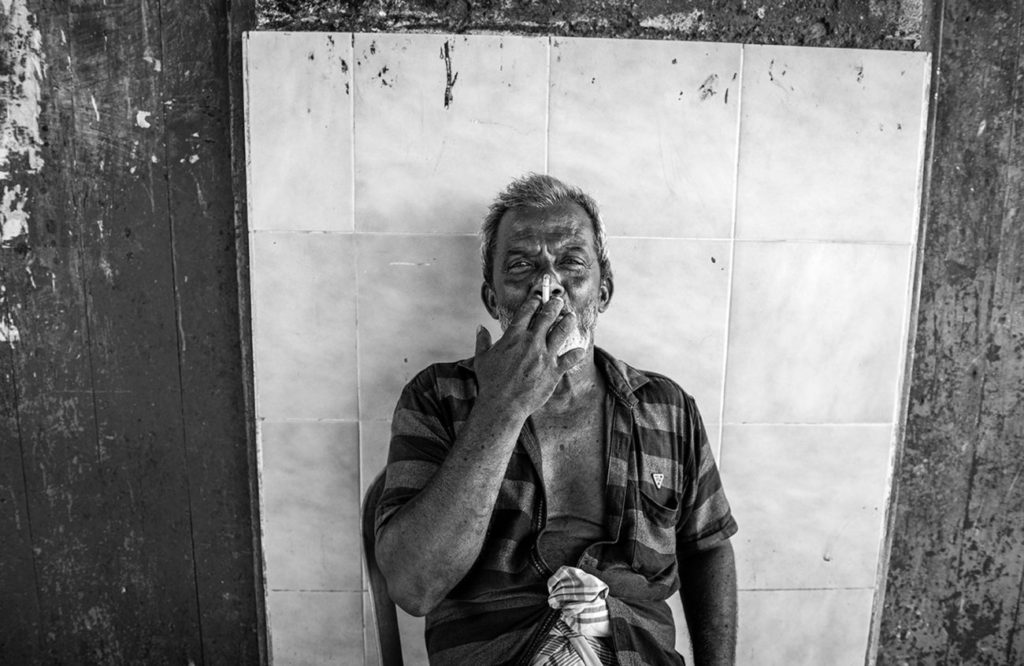
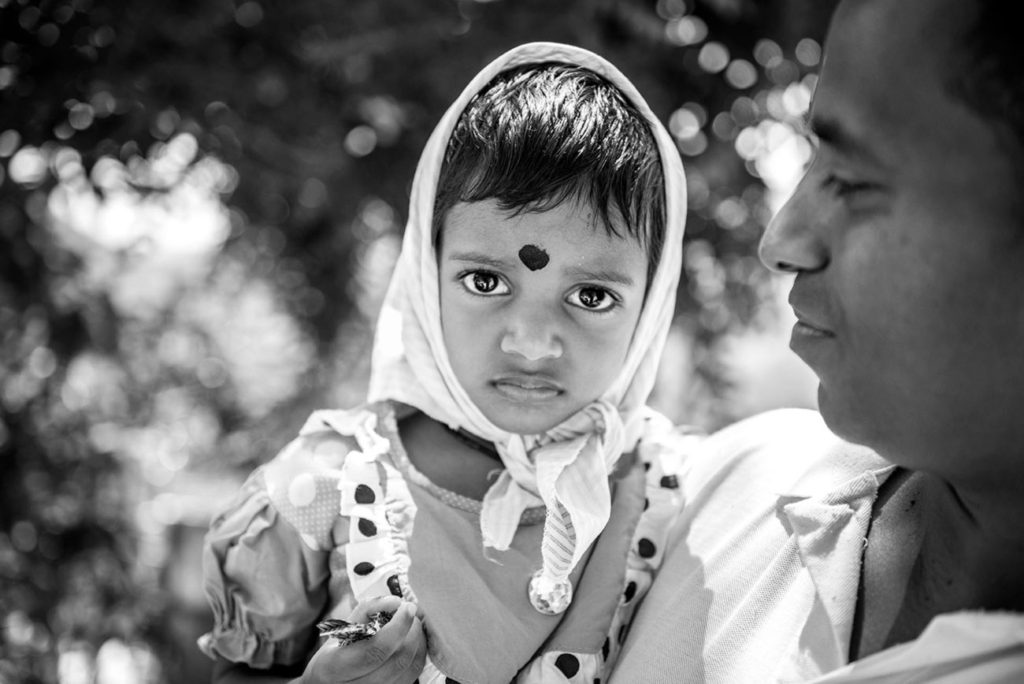
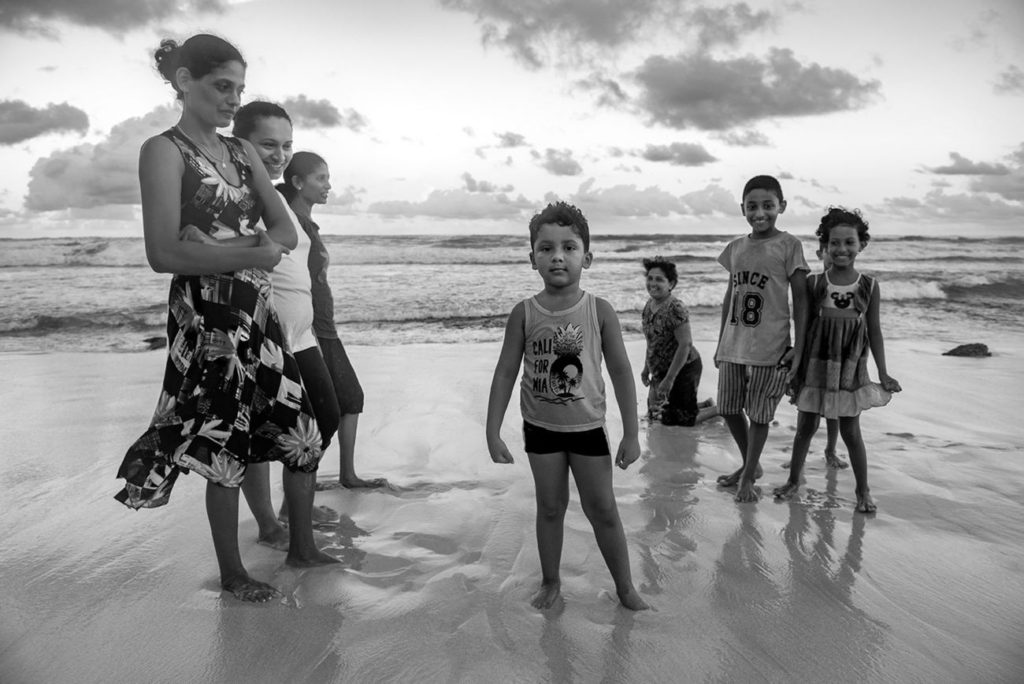
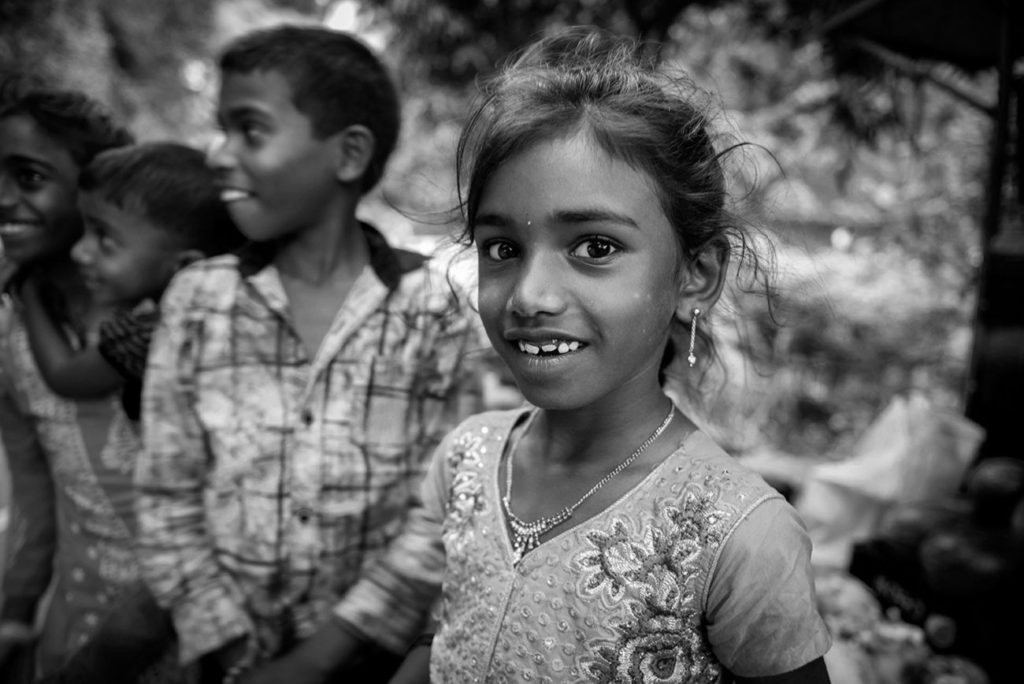
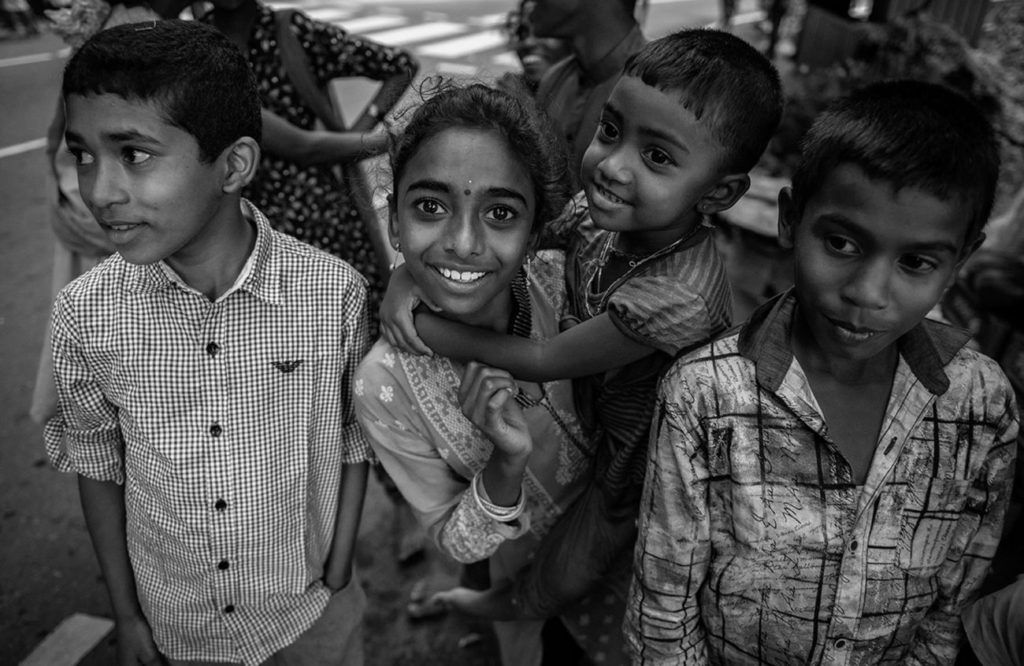
I hope these simple techniques will help you guys overcome the fears of photographing strangers at least a little bit. Do you find these suggestions useful? If you have any additional insight, please share! We could all use a little encouragement on the topic that keeps haunting even the most seasoned of photographers.
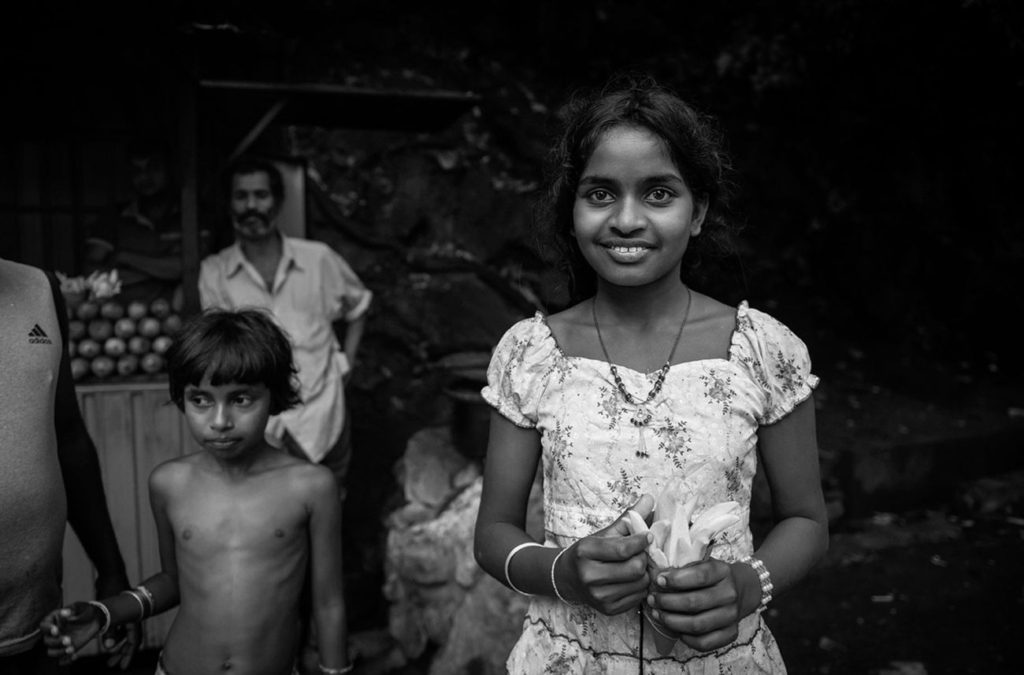

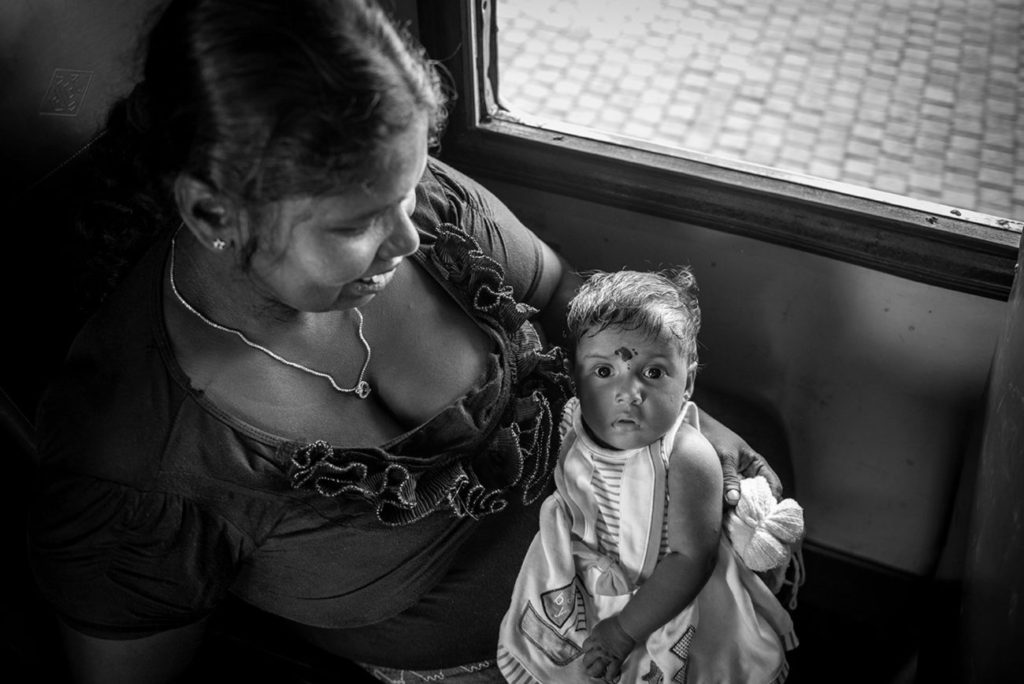
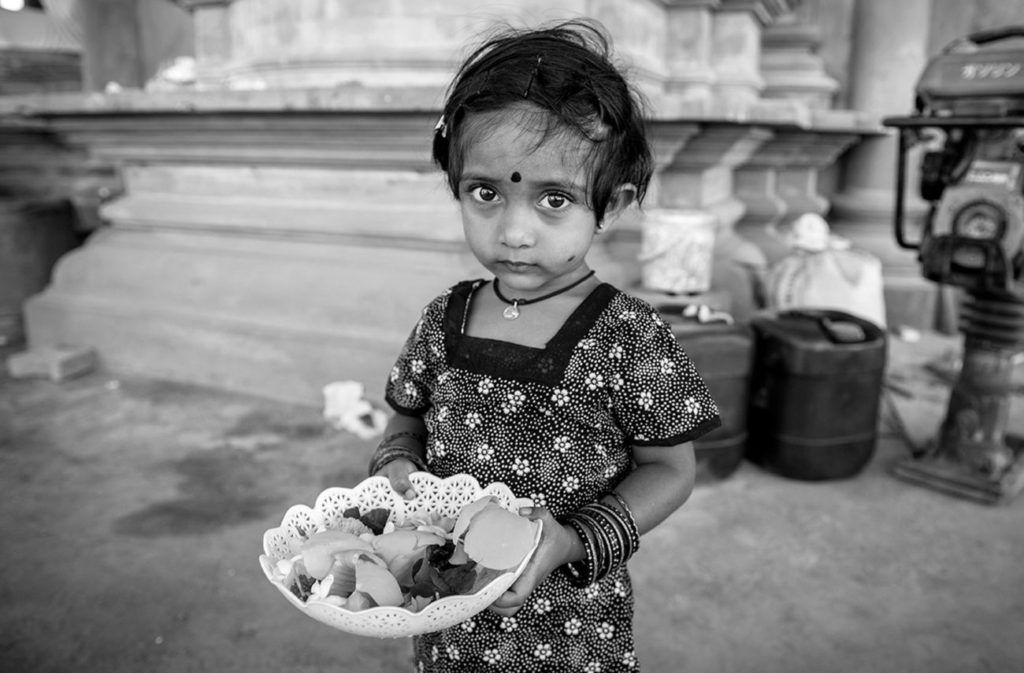
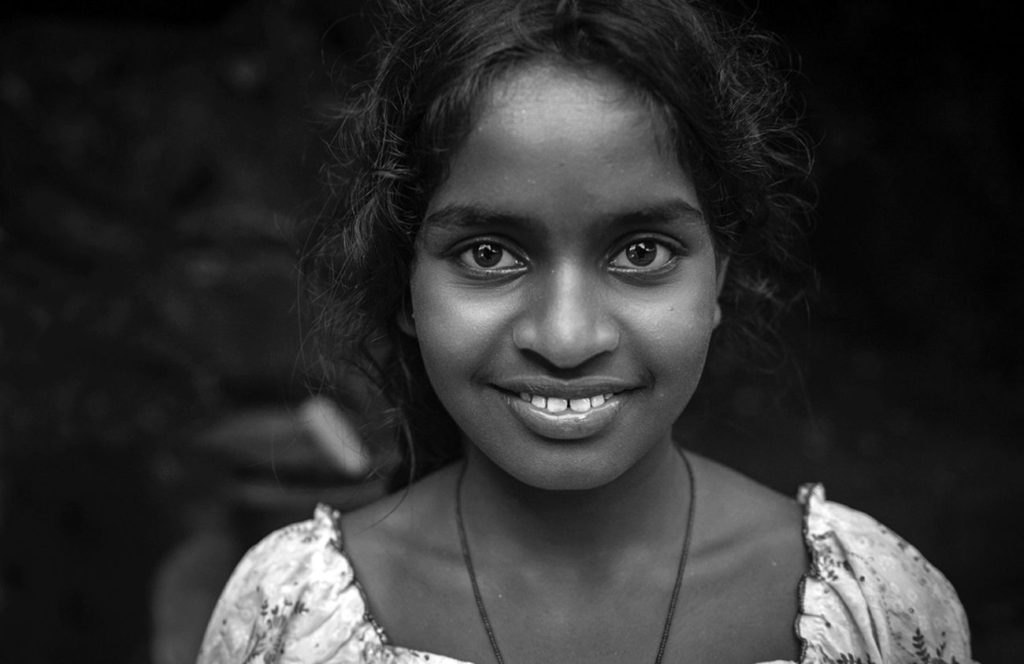
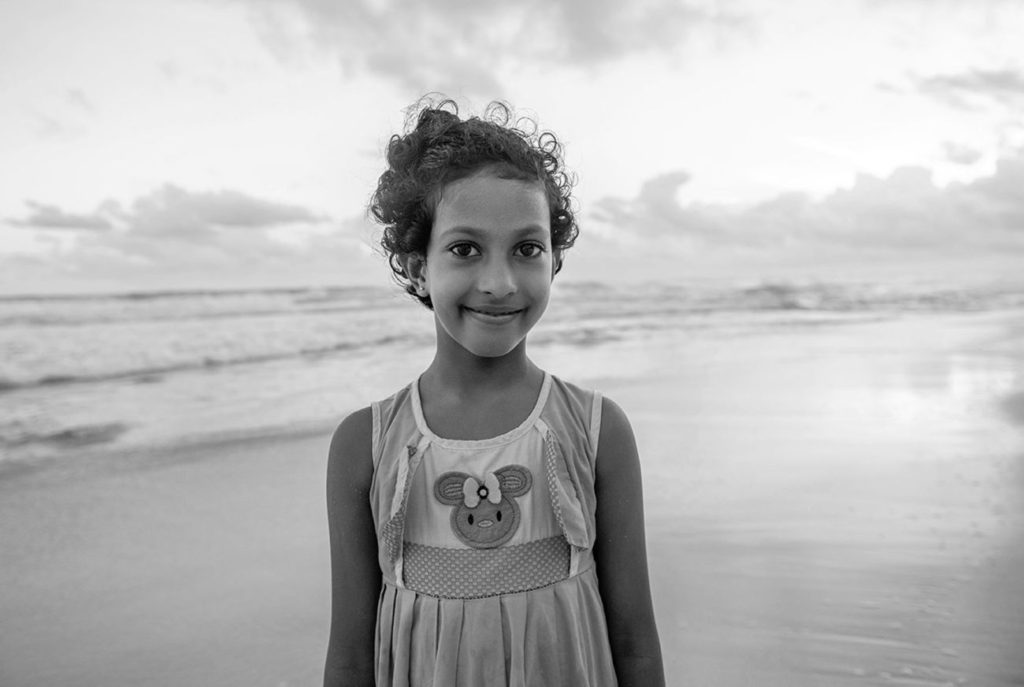
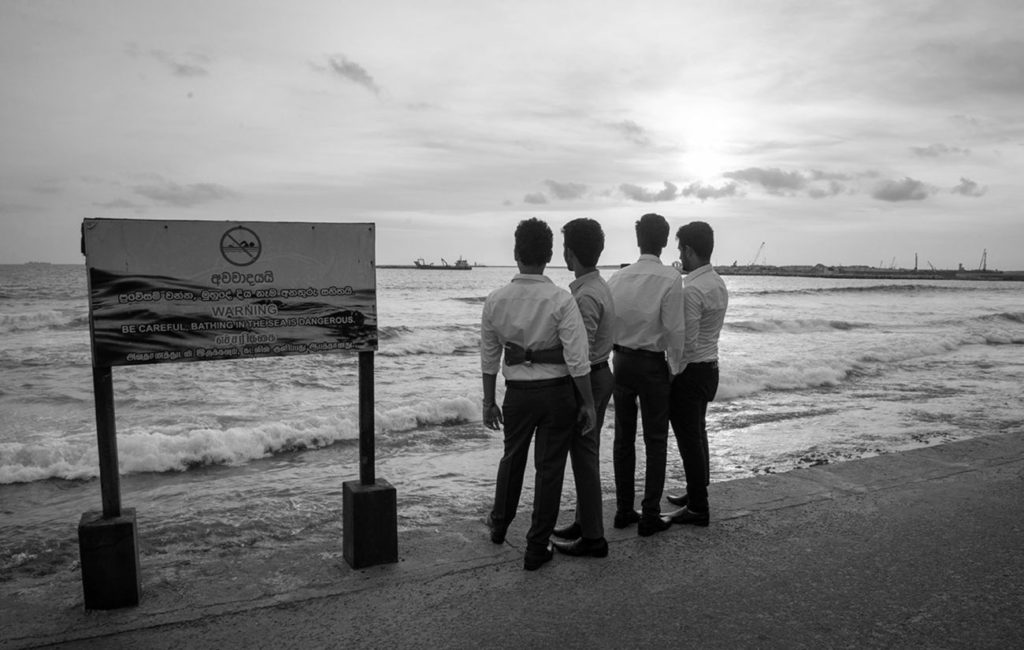
Related Posts
Dispatches from the Polish-Ukrainian Border
The dusk came quickly and it started to rain again. The chilly, damp air permeated…
April 13, 2022Photographer Spotlight: Mauro De Bettio
Have you ever felt as if you’ve gotten to know someone based on…
January 30, 2022


Leave A Comment